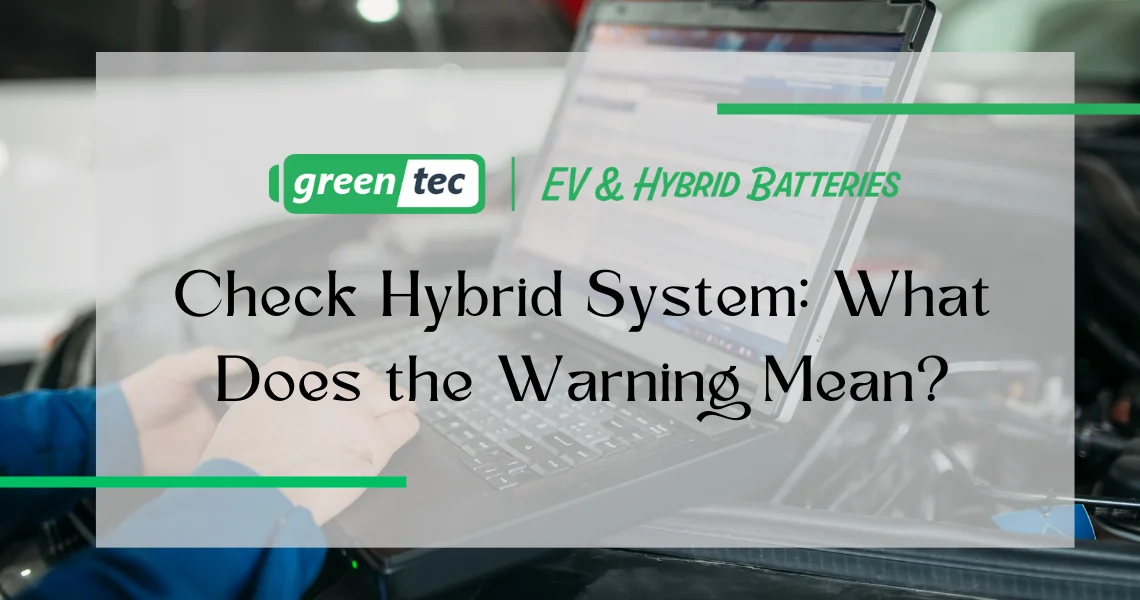Reconnecting a car battery is a simple yet crucial task to ensure your vehicle operates smoothly. To help you perform this task correctly, we've put together a thorough guide with clear instructions for a safe and efficient process. Follow these steps to confidently and safely reconnect a car battery and get back on the road.
How to Reconnect a Car Battery? Step-by-Step Instructions
Prepare Your Tools and Workspace
Before starting, gather all necessary tools and ensure your workspace is safe and clear of any hazards. You'll need:
- A wrench or socket set
- Battery terminal cleaner or brush
- Protective gloves and eyewear
Clean the Battery Terminals
One of the most crucial steps in reconnecting a car battery is cleaning the terminals. Corrosion and dirt can interfere with the connection, so make sure the terminals are clean and free of any debris.
- Use a battery terminal cleaner or a wire brush to scrub the terminals.
- If there's significant corrosion, consider using a mixture of baking soda and water to clean the terminals.
- Dry the terminals thoroughly before proceeding.
Position the Battery
Carefully place the battery in the designated area in your vehicle. Make sure the battery is seated properly and is not tilted or loose. Most cars have a specific battery holder or bracket to keep the battery secure.
- Ensure the battery is the correct type and size for your vehicle.
- Check that the battery is oriented correctly, with the positive and negative terminals in the proper positions.
Reconnect the Battery Terminals
Begin by reconnecting the positive terminal, followed by the negative terminal. This sequence helps prevent accidental short circuits.
- Place the positive terminal (usually marked with a "+") on the positive battery post.
- Tighten the terminal nut securely with a wrench or socket.
- Repeat the process for the negative terminal (usually marked with a "-").
Secure the Battery
Once the terminals are reconnected, ensure the battery is firmly secured in place. Most vehicles have a clamp or bracket to hold the battery.
- Tighten the battery clamp or bracket to prevent any movement while driving.
- Double-check that all connections are snug and secure.
Reinstall Any Removed Components
If you had to remove any parts to access the battery, such as plastic covers or support bars, now is the time to reinstall them.
- Make sure all components are securely fastened and not interfering with the battery or its connections.
- Verify that everything is in its correct place before starting the vehicle.
Troubleshooting
After reconnecting the battery, if your car doesn't start or shows any issues, follow these troubleshooting steps:
- Double-check all connections to ensure they are tight and correctly positioned.
- If the battery was working before you disconnected it, retrace your steps to ensure everything was done correctly.
- Take a short break if needed, and then try again. Sometimes a fresh perspective can help identify any missed steps.
Final Checks
Before considering the job complete, perform a few final checks:
- Turn on the car and ensure all electrical components are functioning properly.
- Check for any warning lights on the dashboard.
- Listen for any unusual sounds or issues when the car is running.
In Summary
Reconnecting a car battery involves a few simple steps: cleaning the terminals, securing the battery, and ensuring all connections are tight. By following these instructions, you can ensure your car runs smoothly without any battery-related issues. If you encounter any problems, take a moment to double-check your work and make any necessary adjustments.
Remember, it's always best to consult a professional if you have any doubts or encounter persistent issues. For more information and assistance, feel free to contact us.



